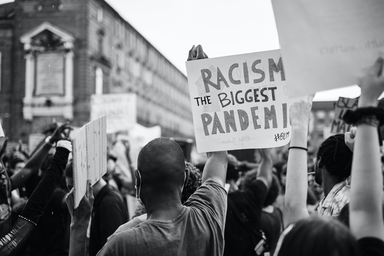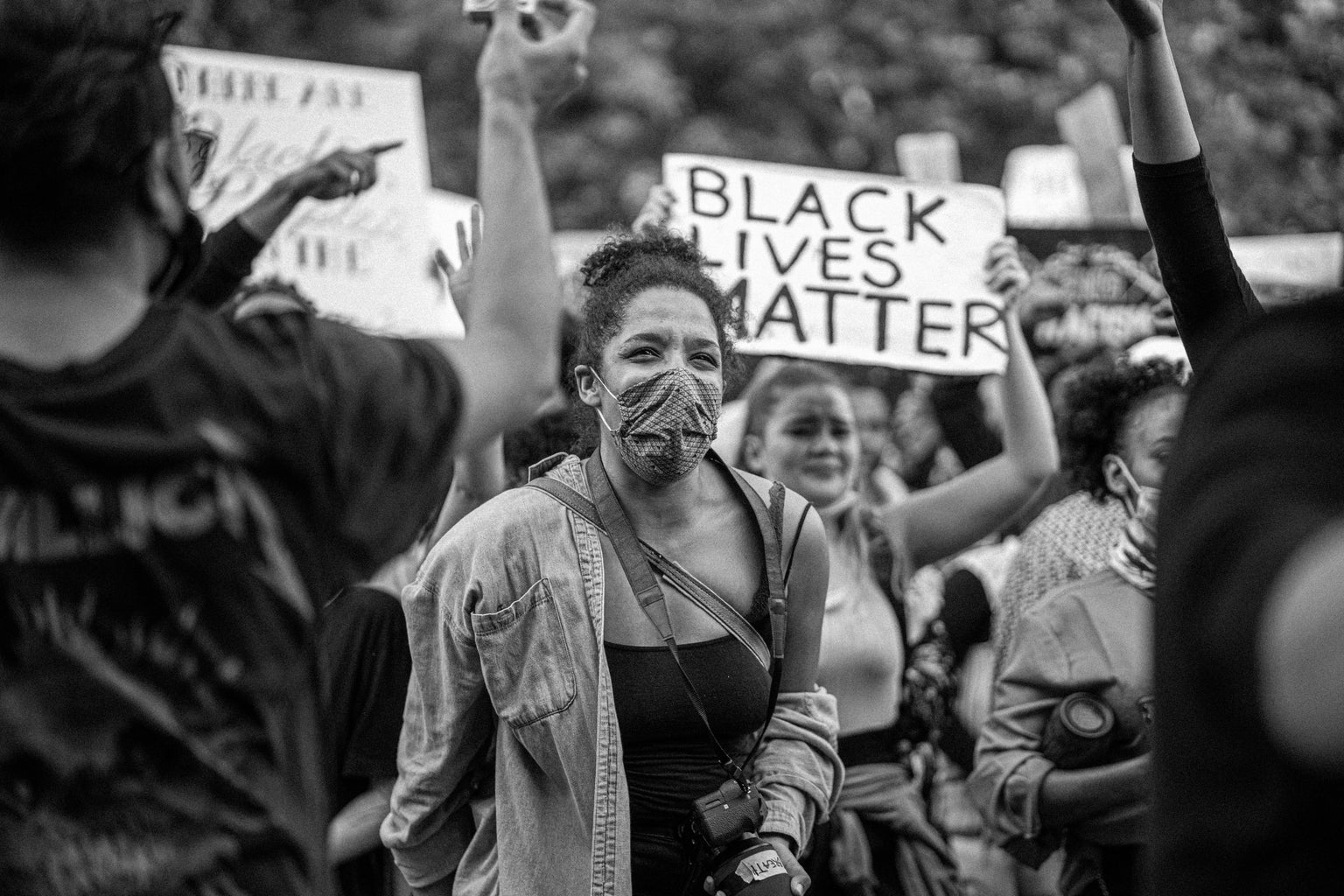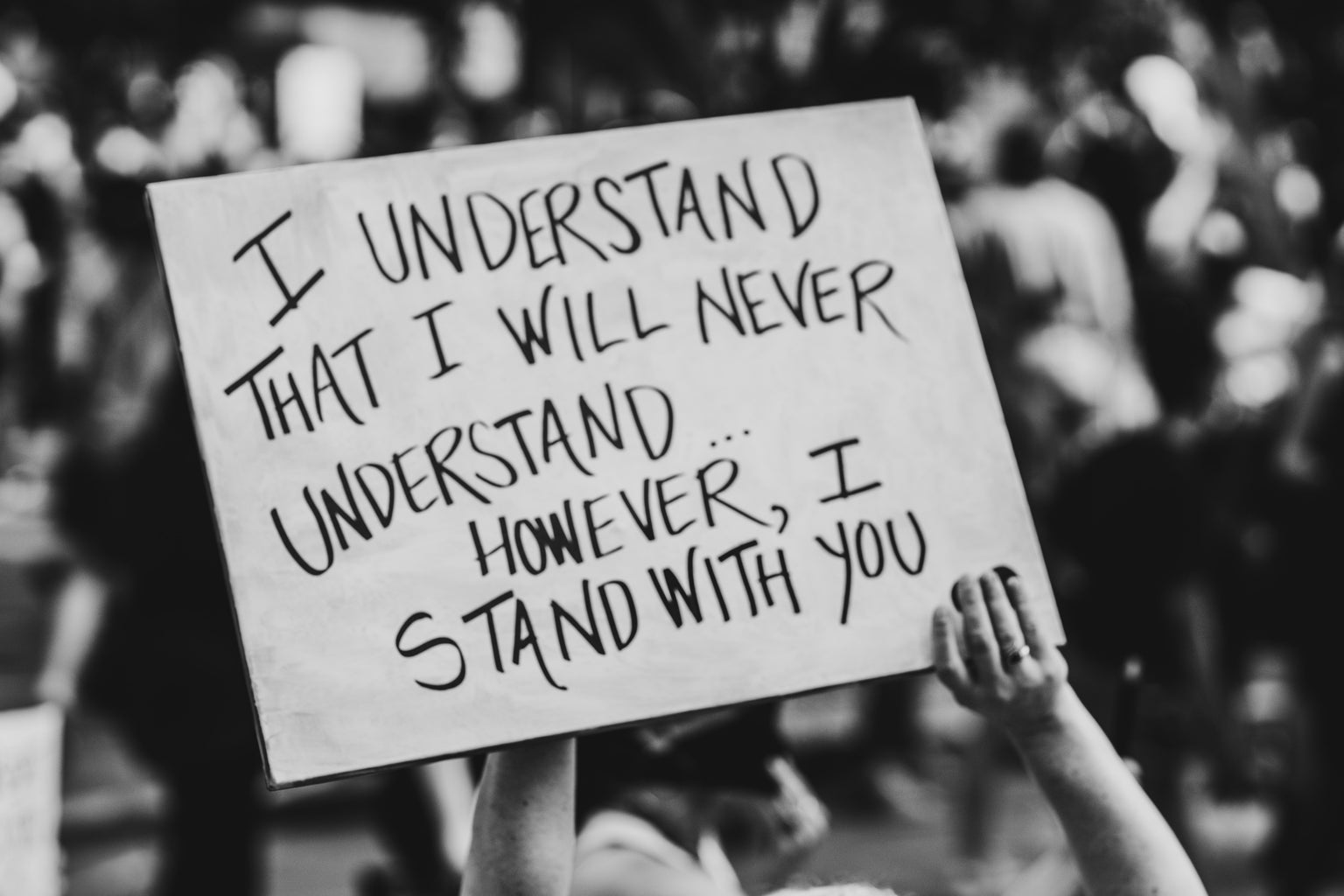February is Black History Month. It’s also Valentine’s day, but you wouldn’t know the two share the same month because love hasn’t been the word, or feeling, that comes to mind when talking about the treatment of black lives in this country. In 2020, the murder of George Floyd and many others in the U.S. was a tidal wave of protests and marches to fight the injustice that was his untimely and unnecessary death. As a result of COVID, I was still living at home in Portland, one of the most nationally covered states during this time. I love my home, truly. It’s one of my favorite places in the world- but that’s not to disregard or be ignorant about the reality of its place in all of this. While the state is and has been, for years, a blue state, it suffers just as much from racism, unjust treatment and gentrification. Growing up, it was not obvious to me that these were the truths, but in high school, I was fortunate enough to learn and try to understand the reality of the treatment people of color receive in Oregon. When George Floyd was murdered, the U.S. was in a state of turmoil, and rightly so, that spurred significant and immediate action.
While the BLM movement is nothing new, an upsetting truth, 2020 was the first time in years, it saw a global impact. It’s estimated that over 20 million people participated in the protests that year. It was one of the largest social justice movements in the history of the US, spurred mainly by the demand for justice and reform in the police system. The introduction of the hashtag #blacklivesmatter or #blm came from Alicia Garza, Patrisse Cullors and Opal Tometi, three women who used it as a call for action in 2013 after Trayvon Martin was shot and killed in 2012. Years later and the call to action, slogan and overall social movement were back, knocking on the doors of justice stronger than ever. There was no more ignoring it; reform and change were demanded by the people, for the people.
Social media is a massive and very critical part of this movement, especially these last few years more than ever. BLM wasn’t just an online hashtag. It became a way to communicate, share and help others who were going out to protest and march against injustice. Accounts shared the best way to dress, what to bring, how to protect yourself and make sure others around you were also safe. My Twitter feed was a myriad of tips about how to stay safe against rubber bullets, tear gas and plastic defense shields. It was heartbreaking. It was also inspiring.
As I mentioned, Portland was a hotspot for news coverage because of the protests and marches that were oftentimes portrayed as violent and scary to the public. They were portrayed as extreme, unnecessary and radical by many major news channels. It helped paint a picture that many found unsettling, utilizing it to change the narrative of the movement from positive change to negative disruption and chaos for no reason. Unfortunately, people used this time to steal and break windows, but the real reason for the marches was to show up and make noise about wanting social reform. Downtown Portland turned into boarded-up windows, graffiti art about those lost to police violence and quotes pasted across storefronts.
One of my best friends and I volunteered in the small park across from the city’s courthouse and helped make food and hand out water, and other supplies necessary for those protesting. We spent hours in the heat listening to people’s stories, those that had been hit with rubber bullets, tear-gassed and hit by cops and Antifa groups in retaliation. It was one of the most heartbreaking but educational times I experienced during the whole movement. It gave me insight into how other people from other walks of life were experiencing something I had never needed to consider an issue. I was born with privilege that made me unable to understand where they were coming from. But I listened, learned, and supported. My friends and I also went to protests during this time that had a very different tune than volunteering for food and health services. It was advised that we wear all black, covered any tattoos, hair or piercings that would make us identifiable and ensure our faces were mostly covered- partially for security and partially because of the tear gas. Protesters spent the first 20 minutes ensuring they were ready to go before marching. It was a stand-still moment for me. There were hundreds of people, all gathered together with megaphones, gas masks and chants. Strangers with half-covered faces made sure we were okay and told us what to avoid and how to make sure we stayed safe. Hiding behind bushes when cops started using tear gas and chasing us was terrifying, but our sense of unity with other people around us made it feel significantly less so. A woman we met one night told us that if cops tried to pick us up and arrest us, we should curl into a ball and not move, making it harder for them to move us. Through all this, we would stand back up again and again, marching forward as cops tried to disband the masses.
So here’s where I’m confused. What happened? Even into 2021, the US and the rest of the world still fought for the freedom and justice people deserved. People who couldn’t fight for themselves. It was a voice for the voiceless and oppressed. Social media’s momentary mass incline in focus on the BLM movement died down as the world moved to the next big thing. It’s not that the movement was forgotten, but it was nowhere near the same magnitude as before. I don’t have the answers to why any of this quieted down the way it did, but I imagine it’s related to too many things. Black Lives Matter is a movement that won’t die; even if it gets quieter, it never disappears. There is a world of change and justice to be made, and the ability to stand united over these things, like during the protests and shared meals in a park, proves it’s possible.
Maybe an unwritten reason that Black History Month is in February is that we could all use a reminder that human connection, in whatever form, should be the thing we fight for.





